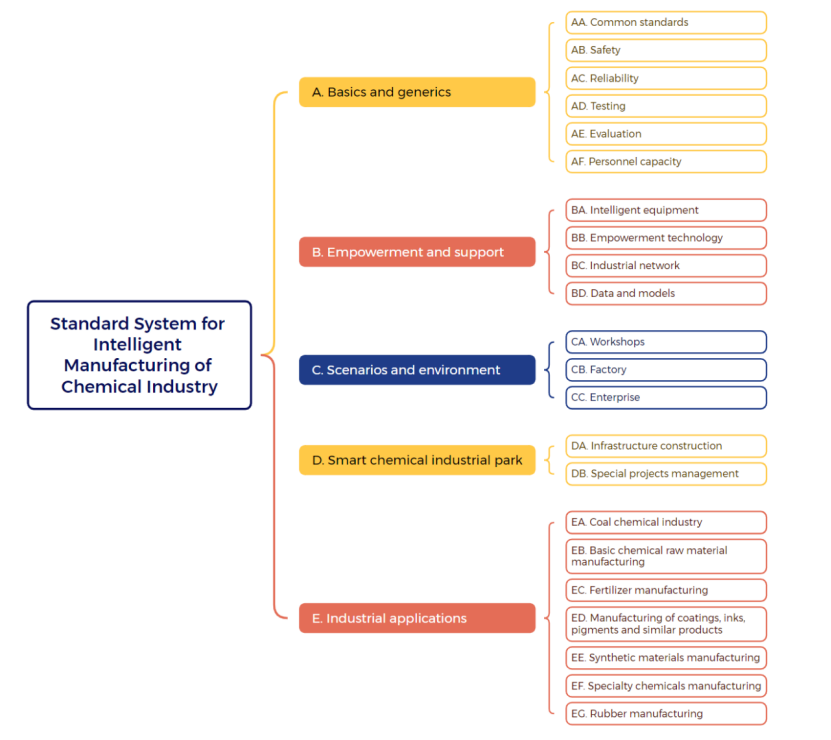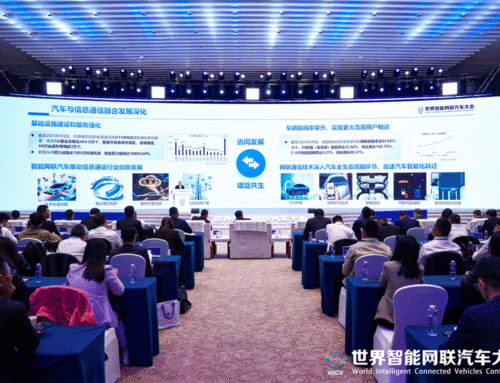On July 12, 2024, China’s Ministry of Industry and Information Technology released the Standard System Construction Guidelines for Intelligent Manufacturing in the Chemical Industry (2024 Version) (hereinafter referred to as the Guidelines). The Guidelines are based on the National Intelligent Manufacturing Standard System Construction Guidelines (2021 Version), but are specifically tailored to the chemical industry’s needs. In addition, the Guidelines represent a supporting document for a series of 14th Five-year Plans, such as the 14th Five-year Plan for Raw Material Industry Development, and the 14th Five-Year Plan of Digital Economy Development.
The Guidelines encompass six main parts, namely the general requirements, construction rationale, standard system, organizational implementation, as well as annex 1 for the list of existing standards, and annex 2 for the priorities of future standard development. The standard system is a three-layered tree system with five major branches: basics and generics, empowerment and support, scenarios and environment, smart chemical industrial parks, and industrial applications. Each branch entails specific components. The first two layers are presented in Figure 1.
According to the annex of the Guidelines, currently, there are 88 standards (mostly national recommended standards, with only 2 of them being sector standards). These cover basic and generic aspects, empowerment and support, scenarios and environment, as well as smart chemical industrial parks. Most of the standards are common requirements that can apply to other intelligent manufacturing sectors, while only 4 standards in the intelligent industrial parks are dedicated to the chemical industry. Therefore, in this context where industrial dedicated standards are missing, the Guidelines identify the priorities to be carried out in the near future, including standards for commonality, safety, evaluation, intelligent equipment, empowerment technology, industrial network, data and models, workshops, plants, enterprises, as well as intelligent industrial parks and industrial applications. All these parts are described in detail in annex 2 of the document.
In a nutshell, the Guidelines map out the current industrial needs and identify the priorities for future standardization activities for intelligent manufacturing in the chemical industry. The Guidelines can be regarded as part of China’s efforts to fill the gap and facilitate the intelligent transition of the chemical industry in China. More standardization activities are expected to be carried out under the instructions of the Guidelines.
Figure 1. Standard System for Intelligent Manufacturing of Chemical Industry





